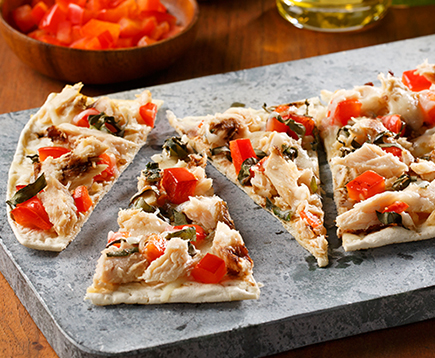
Despite the attention and effort to help consumers make changes, the statistics are still shocking. According to the Centers for Disease Control (CDC) the rate of childhood obesity has more than doubled for children and quadrupled for adolescents in the past 30 years.1
While we are seeing some progress in young children with declining rates over the last decade, obesity rates in other age groups continue to rise or stay the same.2 Over 30% of American children are currently considered overweight or obese. These children are at a much higher risk for diabetes, heart disease, high blood pressure, sleep apnea as well as the emotional issues that arise with being overweight.
While the causes, as well as the solutions are multifaceted, research shows that much can be done to improve how our children are eating. A recent study assessing the quality of children’s actual diets compared to what is outlined in the Dietary Guidelines for Americans, found that the majority of children and adolescents were failing to meet the recommended servings for most food groups.3
While improving children’s diets overall is important, there are nutrients in seafood that are particularly critical for children’s growth and development and that will help minimize chronic disease risk later in life. Protein, B Vitamins, Vitamin D and Omega 3 fatty acids (especially DHA and EPA) are key nutrients found in seafood that promote healthy growth and development throughout childhood.
- Seafood is an excellent source of lean protein that is essential for a child’s overall body development especially during times of rapid growth. Protein is found in every body cell and is necessary for the continuous repair and growth of tissues including bone, skin, muscles as well as enzymes and hormones.
- B Vitamins aide in regulating metabolism, energy production, and blood and nervous system development.
- Vitamin D is necessary for building bones and teeth and assisting in the absorption of calcium.
- Omega-3s continue to be important throughout life but are especially important for growing children. DHA is the primary fatty acid found in this area of the brain. A child’s brain continues to grow and develop throughout childhood, especially the frontal lobe areas that are responsible for planning, problem solving and attention. Some research has shown children with low DHA levels that receive supplements show improvement on cognitive tests as well as improvements in reading, spelling and some behavioral improvements.4
Seafood, like StarKist® tuna and salmon, includes all the nutrients discussed above and naturally combines with other healthful foods for delicious meal options for the whole family. Children as well as adults should be encouraged to switch to 2 – 3 servings of of seafood a week.
Feeding children, whether infants, toddlers or adolescents, can be a challenge for parents and caregivers. With small stomachs and particular food preferences it’s often difficult to be sure kids are getting the right nutrients. Everyone from parents, to teachers, coaches and health professionals can play a role in promoting good eating habits and in doing so, help to halt the high rates of childhood obesity. Use the resources provided in The Dietary Guidelines for Americans, 2015 and encourage your clients to shift to healthier eating habits by incorporating a variety of nutritious foods, such as seafood, into their family’s diets on a regular basis. .
1 Centers for Disease Control: https://www.cdc.gov/healthyschools/obesity/facts.htm
2 Ogden CL, Carroll MD, Kit BK, Flegal KM. Prevalence of Childhood and Adult Obesity in the United States, 2011-2012. JAMA.2014;311(8):806-814. doi:10.1001/jama.2014.732.
3 Banfield, EC et al. Poor Adherence to US Dietary Guidelines for Children and Adolescents in the National Health and Nutrition Examination Survey Population. J Aca Nutr Diet. 2016; 116:21-27.
4 Kuratko, CN, et al. The Relationship of Docosahexaenoci Acid (DHA) with Learning and Behavior in Healthy Children: A Review. Nutrients 2013; 5: 2777-2810; doi:10.3390/nu5072777







